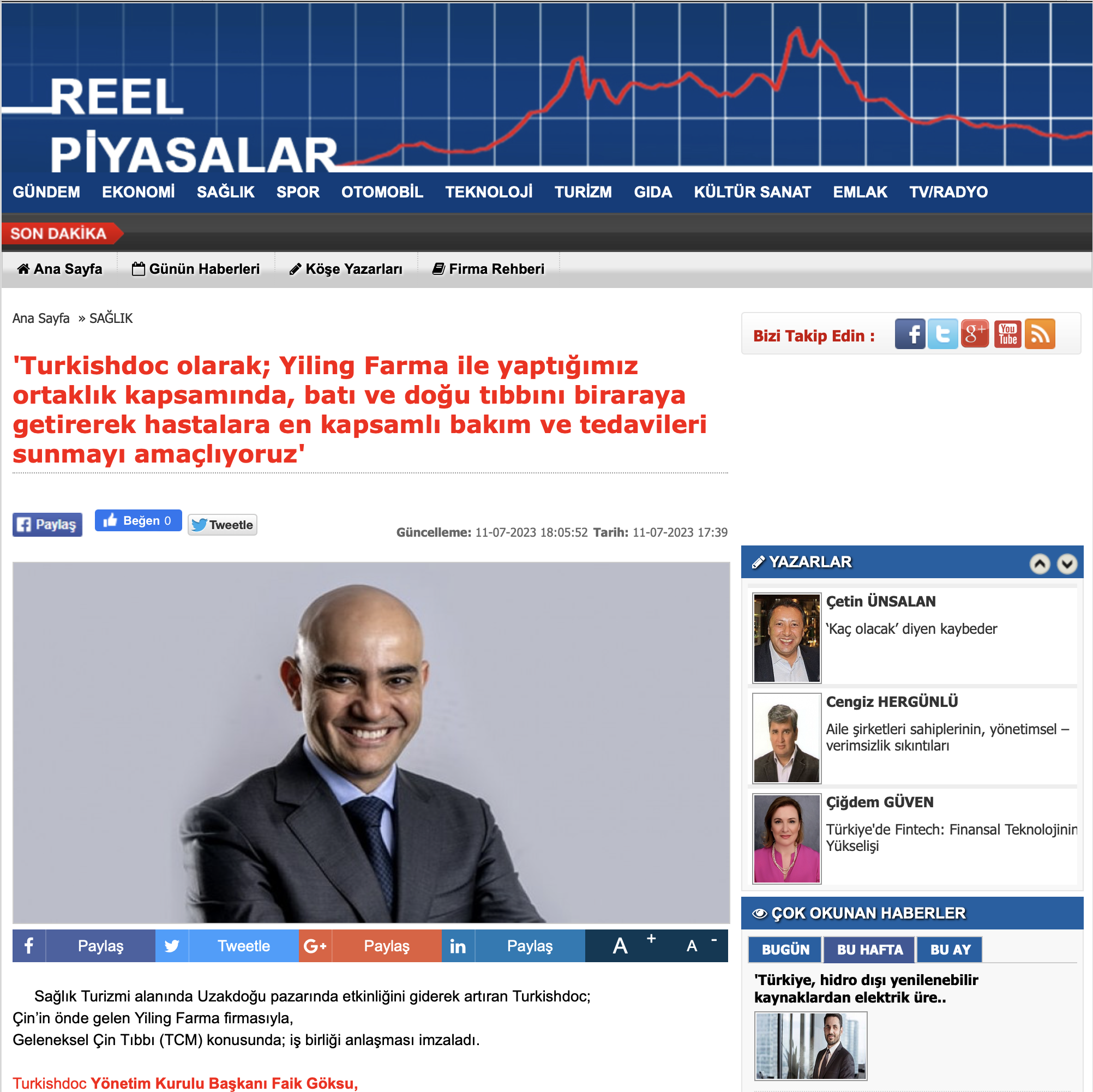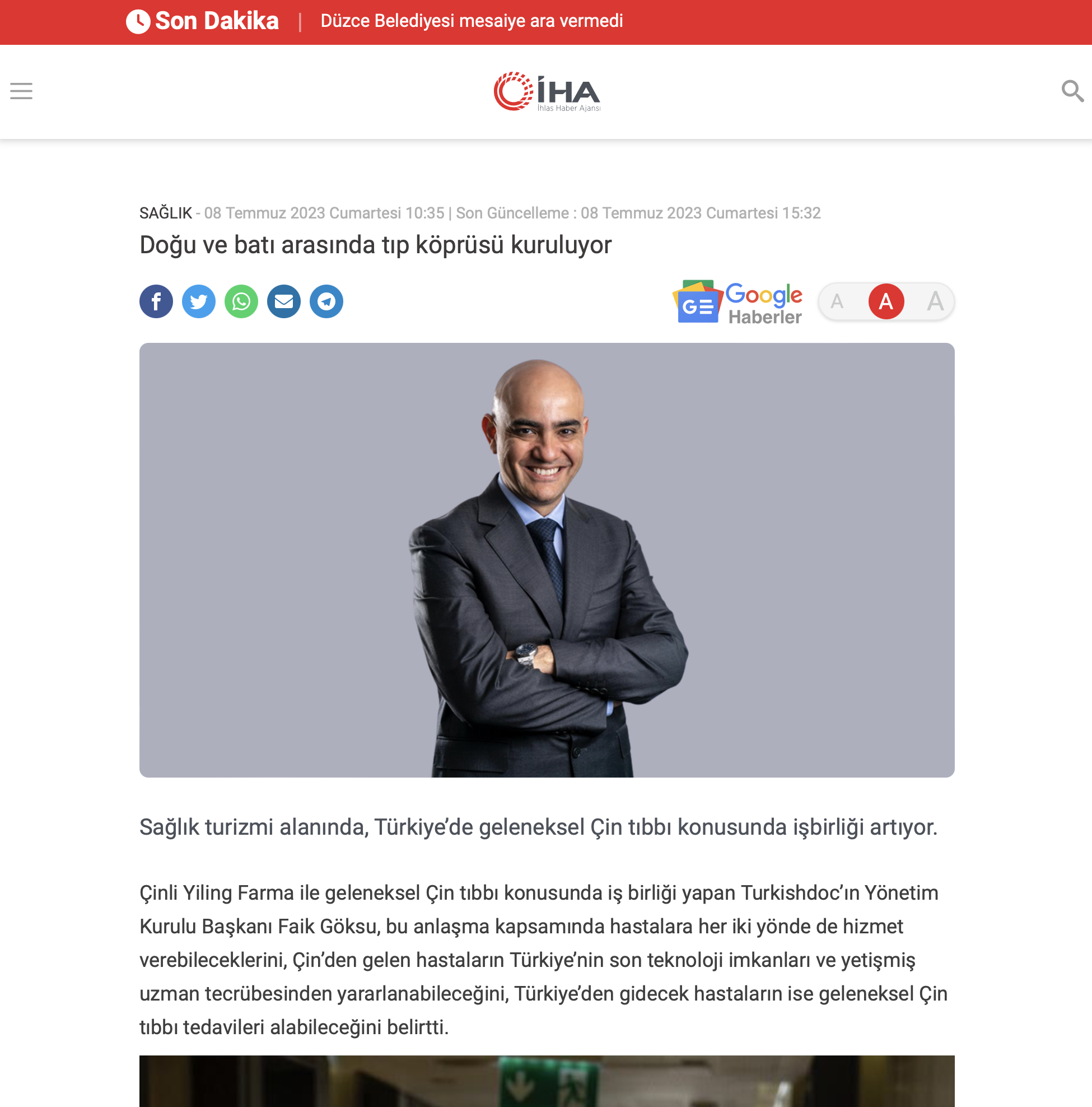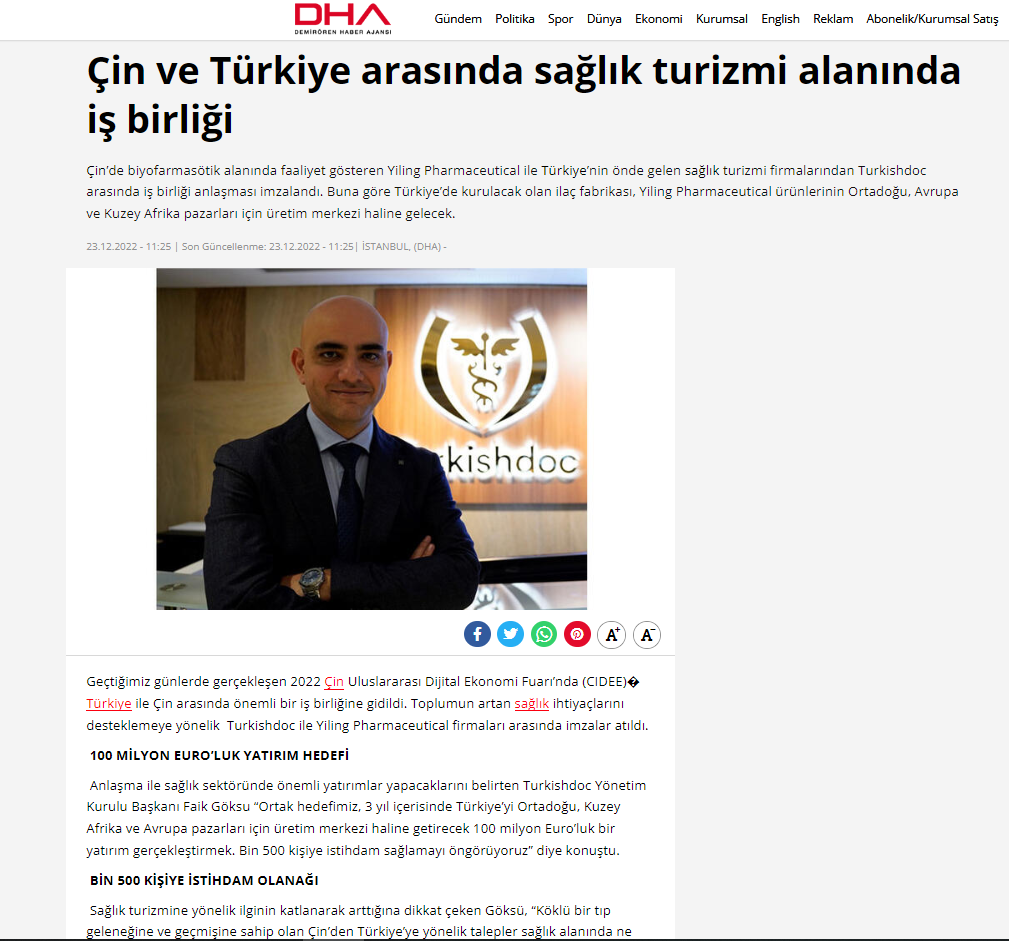Turkishdoc
What Are The Treatment Methods For Ischemic Disease?
Ischemic heart disease is caused by a reduction in the amount of blood that flows to the heart. This means that the heart muscle does not receive enough oxygen. With reduced blood flow, the coronary arteries become blocked. As a result, a heart attack is a serious health problem. In short, ischemic heart disease develops in this way and can put a person’s life at risk. Therefore, appropriate treatment should be given promptly. In this slowly progressing condition, symptoms do not appear at the beginning but usually appear suddenly with a few symptoms. These symptoms are often similar to those of a heart attack. Before treatment, it is diagnosed like any other disease. Once diagnosed, appropriate treatment for ischemic heart disease is performed and symptoms are controlled.
Ischemic Heart Disease Diagnosis
After visiting a doctor with some symptoms, the patient first tells his or her medical history for diagnosis. In the meantime, the doctor performs a physical examination. After the physical examination, some tests are performed for diagnosis. The test methods used to diagnose ischemic heart disease are as follows:
Electrocardiogram: Some damage can be detected when electrodes record electrical activity in the heart.
Echocardiogram: An echocardiogram uses sound waves to project a video image of the heart. This diagnostic method shows how the heart pumps blood. This shows whether there is damage to the heart.
Holter monitor: This device is a heart monitor and records the activity of the heart for 1 or 2 days. It is used if the ECG does not detect anything. The Holter monitor detects an irregular heartbeat or heart palpitations.
Exercise stress test: One of the diagnostic methods for monitoring the activity of the heart is the exercise stress test.
Coronary angiography: This is an X-ray image that allows a detailed examination of damage to the heart. This image provides a detailed view of the blood vessels.
Chest X-ray: This diagnostic method uses radiation to look at the heart, bones, and lungs. It is one of the auxiliary methods for diagnosing heart and chest diseases.
Cardiac CT scan: It is a diagnostic method that examines the condition of the coronary arteries and detects damage. In particular, it helps to detect calcium deposits in these vessels. The condition of the heart arteries, an important structure in ischemic heart disease, can therefore be determined.
Blood tests: As with most other diseases, a blood test is used to diagnose ischemic heart disease. Blood tests can reveal the state of proteins and enzymes in cases of damage to the heart muscle, high cholesterol, and the causes of ischemic heart disease.
Ischemic Heart Disease Treatment
Ischemic heart disease is usually treated with medication. However, in some cases, a few surgical procedures may also be performed. Treatment is important to restore normal flow to the heart muscle. Otherwise, the person may be exposed to some serious heart diseases. The treatment methods for ischemic heart disease are given below.
- Aspirin
Aspirin is one of the drugs commonly used to treat ischemic heart disease. It prevents clotting because it has a blood-thinning effect. This prevents heart attacks and serious heart disease. The most important function of this medicine is to prevent coronary blockage. In this disease, aspirin should be used under the supervision of a doctor.
- Angiotensin-Converting Enzyme (Ace) Inhibitors
The purpose of these medicines is to relax the blood vessels. It also lowers blood pressure and therefore prevents some heart diseases. If the patient with ischemic heart disease also has diabetes and hypertension, this medication is usually prescribed by the doctor. These drugs also prevent heart failure by keeping the heart pumping blood well.
- Calcium Channel Blockers
The goal of these medicines is to relax the blood vessels and increase the reduced heart flow. These medicines also slow down the pulse rate, allowing the heart to perform its job well.
- Ranolazine (Ranexa)
A medicine to relax the coronary arteries. This medicine is not usually used alone and may be given in combination with other medicines for ischemic heart disease.
- Nitrates
The purpose of nitrates is to dilate the arteries. The heart’s blood flow returns to normal as a result. With healthy blood flow, the heart is better able to do its job.
- Angioplasty
Angioplasty is a surgical procedure to widen narrowed arteries. It is performed by inserting a catheter into narrowed arteries using a small balloon. By inflating the balloon, the artery is widened. The surgeon also places a stent or tube into the opening to keep the artery open. It is possible to be discharged the next day after this surgical procedure.
- Enhanced External Counterpulsation
This is a treatment method used when other treatments do not respond. Since it is non-invasive, it is performed without making any incisions. The cuffs wrapped around the legs create pressure on the blood vessels. This pressure allows the blood flow to return to normal.
- Coronary Artery Bypass Surgery
Coronary artery bypass surgery is a surgical procedure using a graft. This procedure aims to open blocked and narrowed arteries. For this, a graft is realized using a different vessel in the body. This surgical method is used especially if there is more than one narrowed and blocked arterial vessel. Unlike other surgical procedures, coronary artery bypass surgery is an open operation. Coronary artery bypass surgery has some side effects. Complications can include infection, bleeding, arrhythmia, heart attack, and kidney failure. However, since it is performed carefully and with appropriate surgical instruments, serious risks are avoided. You may need to stay in the hospital for 1 week after this operation.
Things to Consider After Ischemic Heart Disease Treatment
After treatment for ischemic heart disease, a person may need to make some changes in their life. In particular, it is important to adopt certain habits to reduce the risk of heart attack and heart disease. Avoid drinking and smoking during this process. Adopting a healthy lifestyle, paying attention to nutrition, and doing regular exercise is very beneficial. Therefore, the person should also pay attention to weight control. Regular check-ups are also important for ischemic heart disease. If an early diagnosis is made, heart disease can be prevented, and no difficult treatment is required.











